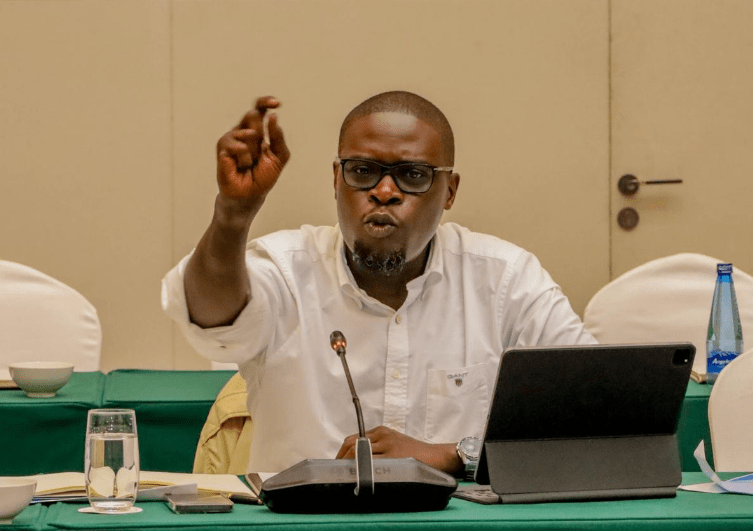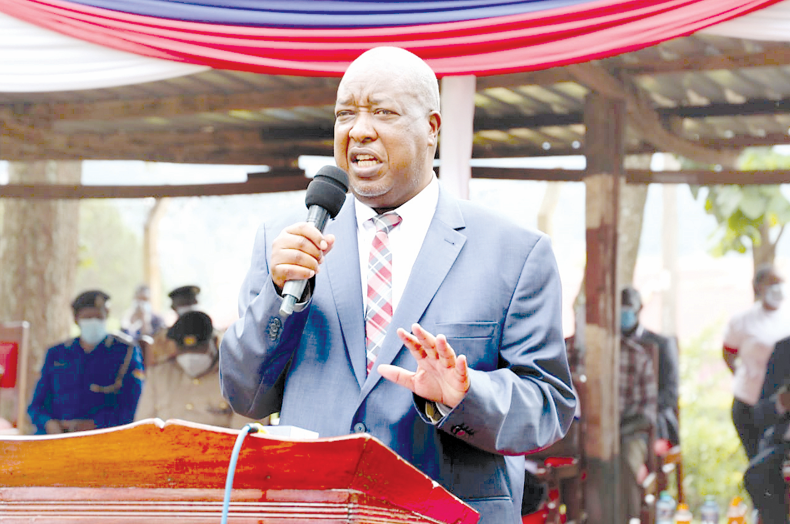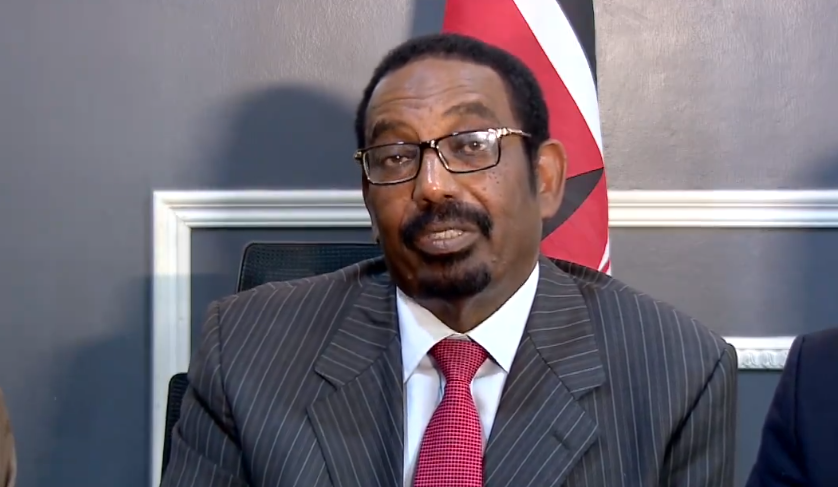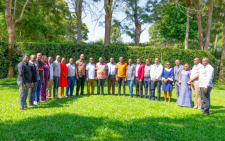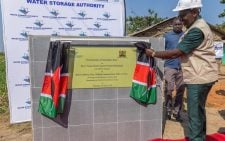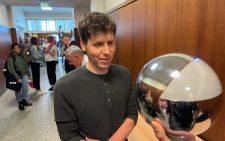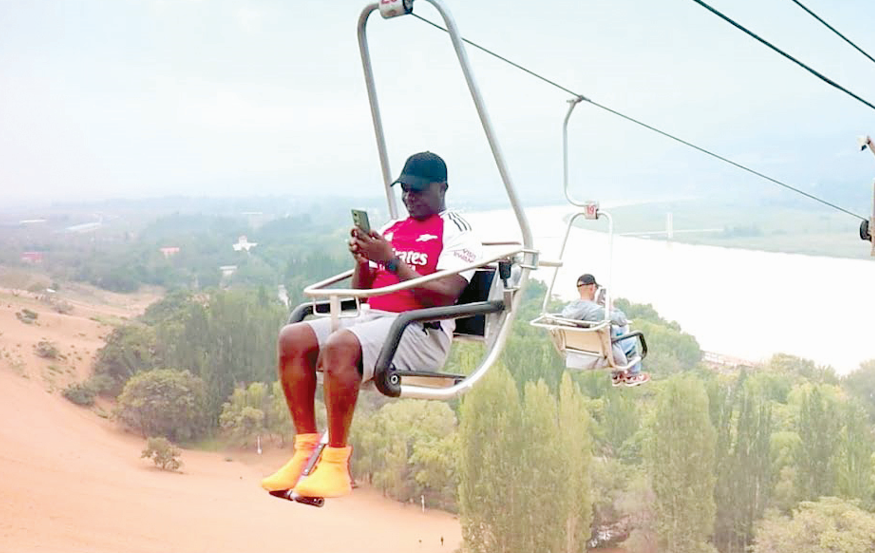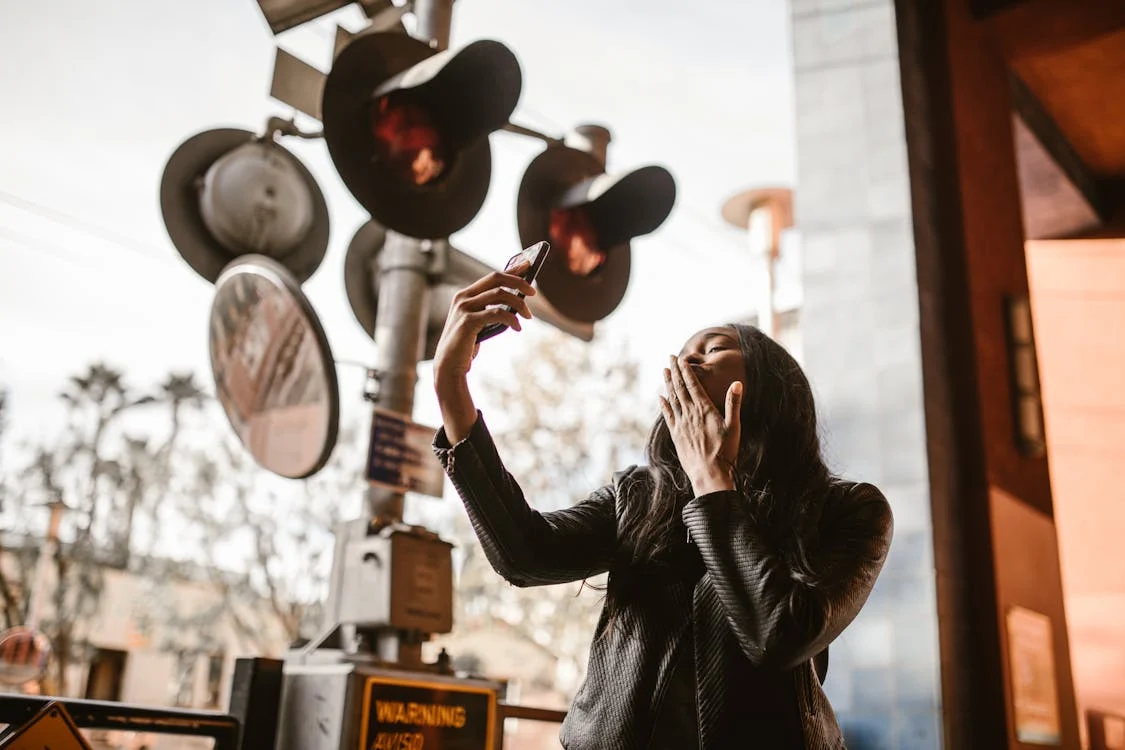Community health workers, a lifeline for Murang’a
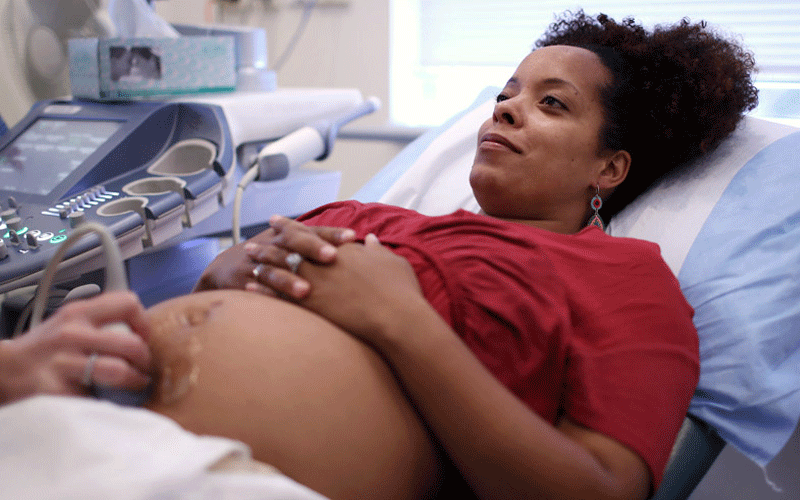
Wangari Njuguna
The outbreak of coronavirus in the country has caused a huge crisis in the health sector affecting the delivery of essential services.
There has been wide spread apathy for people going to hospital to seek medical attention when they fall sick, though the trend is changing.
In Murang’a, the community health volunteers (CHVs) have been at the forefront in providing primary healthcare to the locals.
Using their structures, the 1,500 volunteers spread across the county have been reaching out to residents who need help.
Among the vital services they provide is maternal healthcare, in which they refer women for essential health services such as antenatal care, skilled delivery, postnatal care, immunization, and growth monitoring.
For Susan Karanja, a health worker deployed by Ahadi Kenya trust, being equipped with the right tools and gadgets to monitor maternal health progress has been a step in the right direction as mothers are able to make early intervention measures should any issue emerge.
Among gadgets she uses is the ultrasound scan machine for expectant mothers.
This gadget works the same way as those found in the hospitals, giving clear images of the unborn child.
“It has been programmed to work with any computer, but we use a laptop because it is portable and it acts as the monitor to display the images,” she said.
The gadget is able to capture the foetus’s heartbeat, which is a key factor in monitoring the growth and position of the baby.
They have been trained to observe scanned images and should they notice any abnormality, they refer the mother to the hospital for specialised medical attention.
Karanja pointed out that during this pandemic, most expectant mothers are not going to hospitals for regular checkups and the availability of the gadgets come in handy.
High cost
In her work, she has discovered that most women in rural areas don’t know much about the ultrasound and how important it is to have it done during pregnancy.
In other instances, some are unable to get money required for services due to high cost, which ranges from Sh1,000 to Sh1,500 in government hospital and Sh2,500 in a private facility.
Peris Njeri, a resident in Karega Kigumo, is one of the beneficiaries of this programme at eight months pregnant.
During one of her visits to a nearby health facility a few months ago, she was told to stay home and only go to the hospital when she experiences labour pains.
She was also advised to have an ultrasound scan done and take printed copies with her.
By the time we visited her at home, she had not had the scan done.
“I was glad to have the scan done at the comfort of my house, I could also see the baby playing in the womb which made me very excited” she said, expressing her gratitude that she no longer needed to travel all the way to Muranga or Maragua to get the scan.
Beth Wanjiru from Kandara delivered her twins a few weeks ago. She, too, had opted to forego antenatal clinics, fearing she might contract Covd-19. She wasn’t aware she was carrying twins until a CHV carried out an ultrasound scan on her.
“I didn’t have money to do an ultrasound scan and all along I thought I was having only one baby” she said.
With the revelation, she was referred to the hospital and delivered her baby through caesarian section.
The volunteer also advised her on how to take care of herself and her babies.
When it comes to child health, the CHVs are equipped with skills to monitor progress of children in terms of nutrition, general care of children, immunisation and good hygiene.
In this instance, they have been equipped with the Child Automatic Respiratory Monitor (Charm), a gadget that detects pneumonia at an early stage.
It, according to Karanja, targets children aged five years and below, who are most at risk of the disease.
The gadget is fitted with straps that are tied around a child’s chest to record the heartbeat.
If it is higher than usual, the gadget indicates a red light, meaning the child has a problem that needs to be addressed. If the heart beat is normal, it gives a green light.
Karanja said most parents are not quick in detecting pneumonia attacks in small children as it presents symptoms similar to a common cold.
As such children are rushed to the hospital when the disease has advanced.
“Pneumonia causes infection in the lungs damaging the air sacs and they get filled with fluids, which creates difficulty in breathing and if a child does not get urgent medical attention, they die” she said.
Murang’a county executive officer for health, Joseph Mbai, said the CHVs have played a very vital role in sensitising the public on health practices.
However, due to their large numbers, only a few have received these gadgets.
“The gadgets have been distributed to all the sub counties and the health volunteers have a way of managing them” he said about the county that has reduced pneumonia prevelance down to 15 per cent from 40 per cent, as extra care is taken on children.
Mbai said when coronavirus outbreak was reported, the CHVs were trained on how to identify and handle the patients before referring them to the health facilities.
“Their efforts in sensitising people played a big role in curbing the spread of the virus in Murang’a” he said.
Skilled delivery
He also noted that through CHVs mobilisation, skilled delivery has gone up as mothers are being encouraged to go to hospital.
“The percentage of women delivering in health facilities during the corona period has gone up to 97 per cent,” Mbai said.
The CHVs get a monthly stipend from the county government to facilitate their work.
He calls for the formulation of a national CHV policy to address issues such as remuneration and training.
Patrick Kuria, county CHV coordinator, said besides focusing on the pandemic, they have also been creating awareness on Non-Communicable Diseases such as diabetes.
“We have gadgets to measure blood pressure and sugar which are fairly distributed amongst uss.
We have gone through intense training from various stakeholders and this makes our work easier” he said.
They have also been engaged by the county in activities such as food distribution Kuria said that have been creating massive awareness to the public on the role they play in the community.
“There is a percentage of people who don’t know what we do while others mistake us with public health officers” he said.
